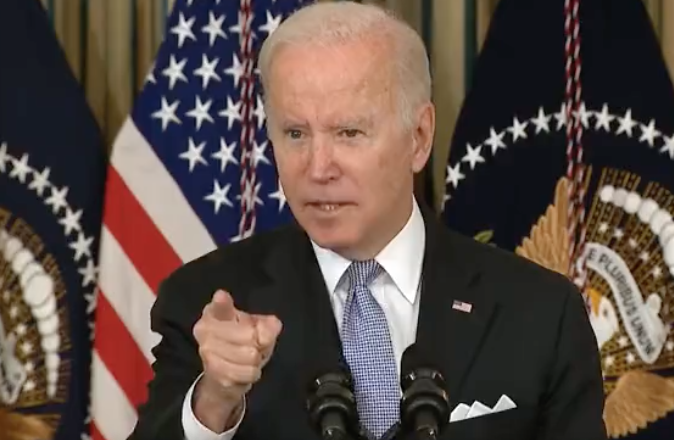Nicole Gelinas writes at Nationsl Review Online about the role of government action in contributing to stagnating wages.
Critics of free-market capitalism often point to the fact that the average American worker hasn’t gotten a raise in decades as evidence that free markets have failed. Yet free-market capitalism hasn’t failed. It has only efficiently responded to signals that government has sent it by opening our borders to tens of millions of unskilled laborers as well as to products manufactured in countries that do not respect free-market capitalism.
The average American worker has seen his income stall. Thirty years ago, a household whose high-school-educated breadwinner managed to earn 40 percent of the average American income brought home about $41,000. Today, he still earns $41,000. The phenomenon is global: “across 25 of the world’s advanced economies, about two-thirds of the population — more than half a billion people — earn the same or less than their peers did a decade ago,” the Wall Street Journal reported in July.
Workers’ stagnant pay is in part a success story: that the situation not worse is a testament to Western economies’ ability to absorb nations’ worth of people. As Ed Conard, a founding partner of Bain Capital, says of the theme of his new book, The Upside of Inequality: “America has sucked a huge number of workers in. We have people walking around saying there’s no demand for labor. That’s why I think the free markets are working. Something is bringing people from Guatemala” to New York, he says, looking for work.
Conard cites the numbers. “We have absorbed 40 million foreign-born adults, 20 million [adult] children” of immigrants. “We have a near-infinite supply of low-wage labor,” so “we’re not going to get an increase of wages.” The government, not the marketplace, decreed that America would accept these low-skilled workers — and the marketplace responded by lowering wages. People may not like this market signal. But the market is responding to a public-policy decision.


